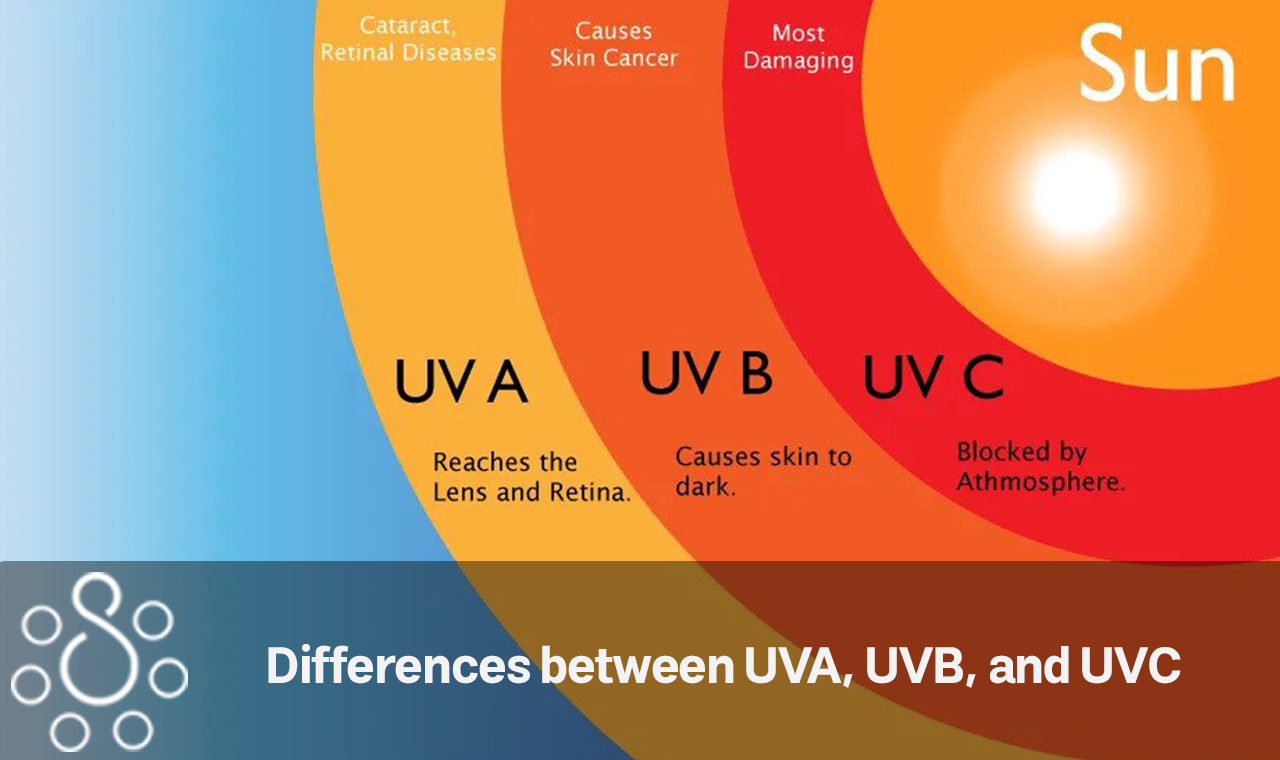UVA, UVB, UVC- all of these are kinds of ultraviolet light rays that are naturally occurring, but they are not created equal. We’ll describe the distinctions between these three kinds of radiation, and then explore how UVC is used in man-made lighting goods to inactivate infections (kill germs). The sun is responsible for emitting each of the distinct forms of UV radiation. UV rays are also present in man-made items such as tanning beds and welding torches. Although UV rays provide some advantages, primarily increasing vitamin D synthesis in humans, everyone should take care since each kind of UV comes with its own hazards. There are differences between UVA, UVB, and UVC. Follow us to know.
UVC
UVC has the shortest wavelength of the three types of ultraviolet radiation. The shorter the wavelength of UV light, the more hazardous it is to the skin. UVC, on the other hand, is unable to penetrate the earth’s atmosphere, which is fortunate for humans. Consequently, although UVC is the most damaging since it has the shortest wavelength, it poses little threat to the average person because the sun’s natural UVC emissions do not penetrate the skin. Remember that they do not even naturally enter the earth’s atmosphere at all, as previously stated. The ozone layer totally absorbs ultraviolet C radiation. This is not to suggest that ultraviolet C is not hazardous. Despite the fact that naturally occurring UVC radiation does not infiltrate the earth’s atmosphere, inorganic sources of UVC radiation do exist and may be hazardous if not handled correctly. As a result, individuals who should be worried about UVC radiation are those who operate with man-made sources of UVC radiation, such as welding torches, mercury lamps, and, you got it, germicidal UV-C illumination, which we provide. After we define UVA and UVB, we’ll go into further detail about this.
UVB
UVB radiation has the second shortest wavelength of all and is the primary cause of sunburn. It is mostly absorbed by the ozone layer, but some of it still makes it through (about 5 percent gets through overall). It may cause damage to your skin’s top layer (epidermis) after as little as 15 minutes of exposure to the sun. It is dependent on the time of day and season whether UVB rays are stronger or weaker. Skin cancer is strongly associated with ultraviolet B (UVB) radiation. UVB rays do, in fact, age the skin over time.
UVA
UVA radiation has the longest wavelength and penetrates the deepest into the earth’s atmosphere, accounting for the great majority (up to 95 percent) of UV light that passes through the atmosphere. In part, since it penetrates so deeply into the skin’s layers, this kind of radiation is responsible for skin aging symptoms such as spots and wrinkles (through to the dermis layer). UVA radiation may tan your skin very immediately, and it has been linked to cancer in certain studies. UVA rays, in contrast to the others, enter the skin. On gloomy days or through your windshield, the elements of glass and clouds may cause damage.
Related Article: How to use a UV sterilizer box
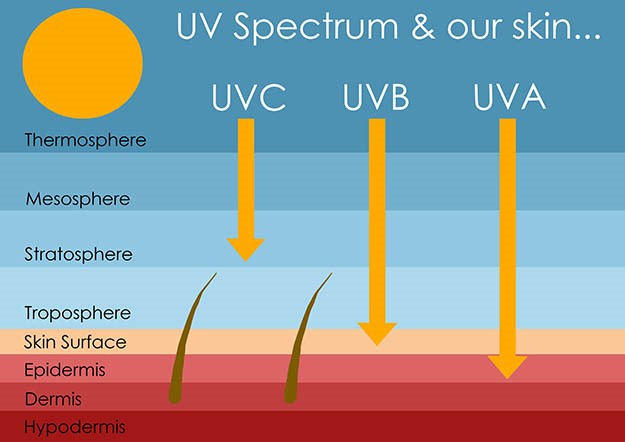

Quick comparison chart
Table 1: Differences between UVA, UVB, and UVC. A short comparison of the three primary kinds of UV radiation.
| UVA | UVB | UVC | |
| Energy level | lowest | medium | highest |
| Skin cells affected | inner cells in the top layer of skin, including dermis | cells in the top layer of skin | outermost cells in the top layer of skin |
| Short-term effects | immediate tanning, sunburn | delayed tanning, sunburn, blistering | redness, ulcers and lesions, severe burns |
| Long-term effects | premature aging, wrinkles, some skin cancers | skin cancer, can contribute to premature aging | skin cancer, premature aging |
| Source | sunlight, tanning beds | sunlight, tanning beds | UVC lights, mercury lamps, welding torches |
| % of the sun’s UV rays | ~95 | ~5 | 0 (filtered out by the atmosphere) |
Take Care of Yourself and Use sunscreen to protect your skin.
Select a sunscreen that provides broad-spectrum protection to avoid skin irritation. As a result, the sunscreen has the potential to filter off both ultraviolet A and ultraviolet B radiation. The sun protection factor (SPF) of a sunscreen will increase as the SPF increases, but keep in mind that no sunscreen is 100 percent effective in blocking off ultraviolet radiation. The American Academy of Dermatology (AAD) advises that you use a sunscreen with a sun protection factor of 30 or higher. Reapplying sunscreen at least every 2 hours, and more often if you’re sweating, exercising, or swimming is recommended.
It’s crucial to understand that there are no waterproof sunscreens available, just ones that are water-resistant. When searching for sunscreen, you may want to choose a product that is physical in nature, such as one that contains minerals. In a recent study, it was shown that the chemicals in certain chemical sunscreens may be absorbed into your bloodstream. There are currently just two sunscreen components that are “generally recognized as safe and effective” (GRASE) by the Food and Drug Administration, which are zinc oxide and titanium dioxide, respectively (FDA). Physical sunscreens include a number of chemicals that are similar to those listed above.
Related Article: Are UV sanitizers effective? What You Should Know Before Making One
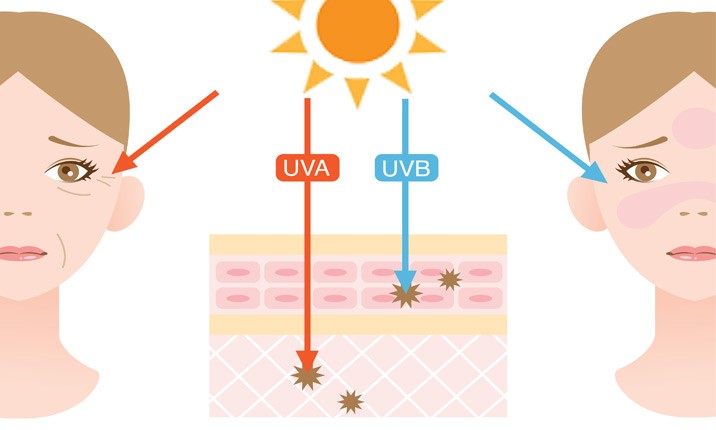
Wearing UPF clothing
Clothing may give some protection from ultraviolet radiation. The finest textiles are those that are tightly knit and dry. Many outdoor clothing manufacturers provide garments that offer improved protection against ultraviolet radiation.
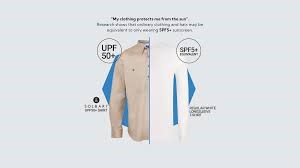
Stay in the shady areas.
By keeping in the shade, you may reduce your exposure to direct sunlight. This is especially critical between the hours of 10 a.m. and 4 p.m., when UV rays are at their strongest.
related article: What Is a Toothbrush Sanitizer?
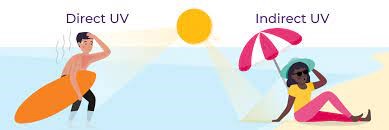
Put on a cap.
When wearing a wide-brimmed hat, you may get extra protection for your ears and neck.
Put on your sunglasses.
Choose sunglasses that provide UV protection to safeguard your eyes and the skin around them from being damaged.
Which is the most dangerous?
So, which sort of ultraviolet light is the most hazardous? Differences between UVA, UVB, and UVC might be the answer. Despite the fact that this question is often posed, there is no satisfactory response. On the one hand, UVC is the most harmful since it is the section of the UV spectrum with the largest energy content. UVC, on the other hand, is totally absorbed by the earth’s atmosphere and hence poses no danger to the majority of humans. It only poses a threat to people who are exposed to UVC from artificial sources (see more below).
For the most harmful, depending on exposure, UVA is the unmistakable leader in terms of potential harm to humans. Because it is only marginally shielded by the earth’s atmosphere, it accounts for approximately all of the UV exposure. However, since it has the shortest wavelength, it is not believed to inflict as much long-term harm as UVB from the sun. Despite the fact that just a small quantity of UVB penetrates the earth, we would consider it the most harmful to the typical person (as opposed to those who operate inappropriately with artificial UVC sources) since it is associated with the greatest risk of skin cancer.
Related Article: 5 surprising ultraviolet uses for the hospitality industry
UVC is produced artificially.
As previously established, all sources of UVC radiation are artificial since the sun’s UVC does not pass through the earth’s atmosphere. The following are some examples of common sources of man-made UVC radiation: Tanning beds from the past, lasers, mercury lamps, welding torches, germicidal UV-C light.
Not all artificial forms of ultraviolet C are created equal in terms of danger and benefit. Tanning beds, for example, are needless and harmful and should be avoided at all costs. Don’t deliberately expose yourself to potentially damaging radiation (note that most modern tanning beds use UVA radiation, which is still dangerous). Welding torches, on the other hand, are required for certain activities, and wearing the appropriate protective gear reduces the danger of being exposed to ultraviolet radiation. Also, being a welder requires extensive training, so they are well equipped to face this danger.
When used appropriately, germicidal UV-C lighting is used in unoccupied places with safety controls to ensure that no one is harmed. The satisfaction of knowing that you have eliminated up to 99.99 percent of germs using personal protective equipment (PPE), for example, outweighs the risk of UV exposure, which is almost non-existent. Furthermore, not all artificial UVC sources emit light at the same wavelength as natural UVC sources. While UVC is generally defined as having wavelengths ranging from 100 to 280 nm, the exact location of the wavelengths in that range varies from product to product.
For example, one of the lamps that we distribute has a wavelength of 254 nm. After everything is said and done, being subjected to artificial UVC radiation would be harmful (we go into more depth about this in this article). However, when equipment is utilized properly, the advantages of UV-C technology exceed the dangers in the vast majority of situations. It’s the same question as with any other technology: would the radiation from an x-ray machine hurt you? Yes, but we have safeguards in place to guarantee that the radiation emitted by an x-ray machine does not cause damage to you, and we will not discontinue using x-ray machines just because of the danger of radiation exposure.
Related Article: Does your child drink water from a private well?
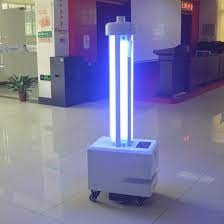
Germicidal Ultraviolet C Lighting
Why is it important for a lighting manufacturer to be concerned about radiation? Stouch Lighting sells products that kill up to 99.99 percent of microorganisms on surfaces and in the air, in addition to UV-C light products.We wrote a whole piece on how to use UV-C technology properly, which you can find here. To summarize, it is critical that you acquire sufficient training and that you only use these goods in accordance with the instructions. In addition to the equipment, purchasing it will also supply you with the essential instructions.
Germicidal lighting (for example, ultraviolet germicidal illumination) may be a very effective technique in reducing infection and virus rates in a variety of applications. All of them may be found on our UV-C education website, which is dedicated to the subject. Consider making use of this lighting. In order to reduce HAI rates as well as COVID-19 in hospitals and other medical settings, keeping STAPH infections at bay in gyms and fitness facilities protecting instructors and children from the yearly flu.
related article: How UV-C LED Light Can Help your Rental Customers
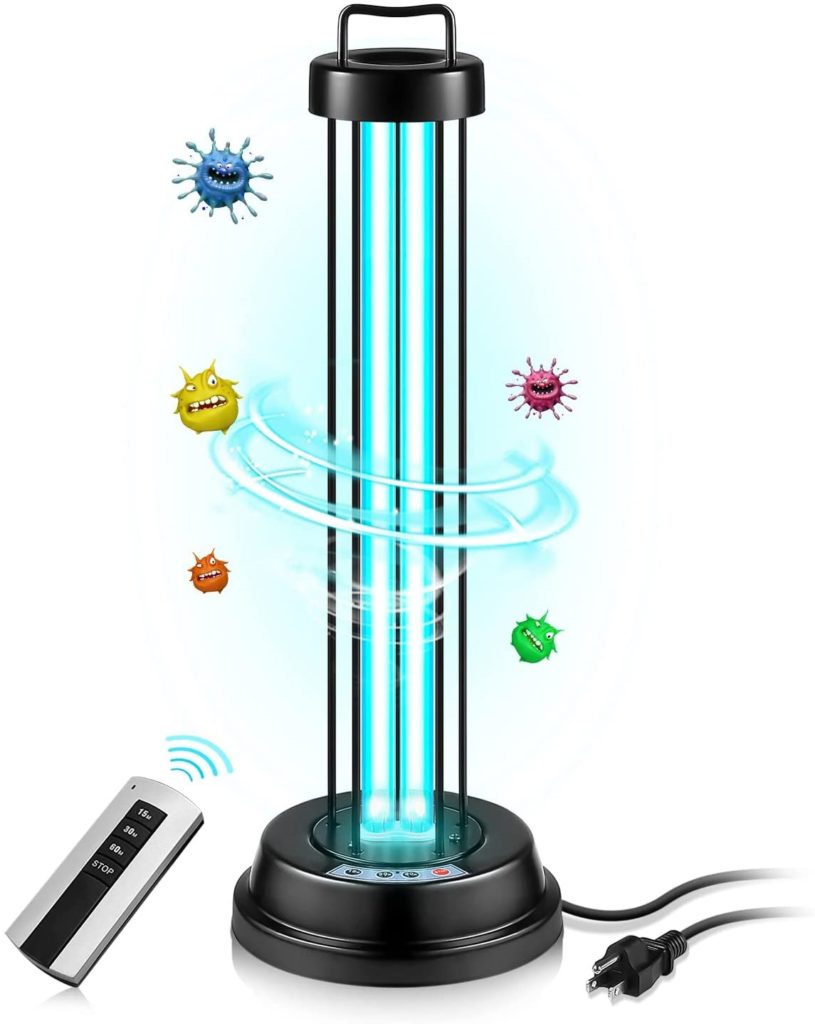
What about the vitamin D deficiency?
The sun is a source of vitamin D, which is why it’s referred to as the “sunshine vitamin” because of its association with the sun. The American Academy of Dermatology, on the other hand, warns against taking vitamin D from the sun or tanning beds since UV radiation might cause skin cancer. Instead, they urge that you eat a balanced diet that includes foods that are rich in vitamin D in their natural form. Fatty fish such as salmon, tuna, sardines, and mackerel are examples of such foods. Additionally, vitamin D may be found in maitake mushrooms, egg yolks, and foods and beverages that have been fortified with vitamin D (for example, certain milks, morning cereals, and orange juice), among other sources. In addition, you may want to think about taking vitamin D pills.
## The bottom line is as follows:
In accordance with the differences between UVA, UVB, and UVC, we should consider that both ultraviolet A and ultraviolet B radiation have the potential to cause skin damage. UVA radiation has the ability to penetrate deeper into your skin, causing your skin cells to age prematurely. UVA photons account for approximately 95% of all ultraviolet radiation that reaches Earth. UVB photons account for the remaining 5% of UV radiation. They have greater energy levels than UVA photons and are more likely to cause sunburn by damaging the outermost layers of your skin than UVA rays. These rays induce DNA damage, which is the root cause of the majority of skin malignancies.
Related Article: Guide to Understanding UV Light & How It’s Redefining Clean

